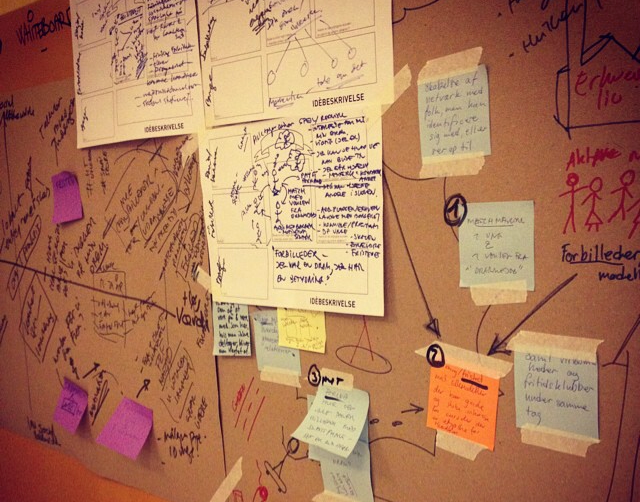This method can be used to assess and choose between several ideas or categories of ideas based on certain criteria, which the students decide on. The method may be used either when the students have many ideas they need to choose between or when prioritizing and selecting a few ideas.
The method can help make the students consider which criteria that are relevant for evaluating their ideas as well as how these criteria are valued in comparison to each other.


